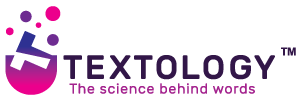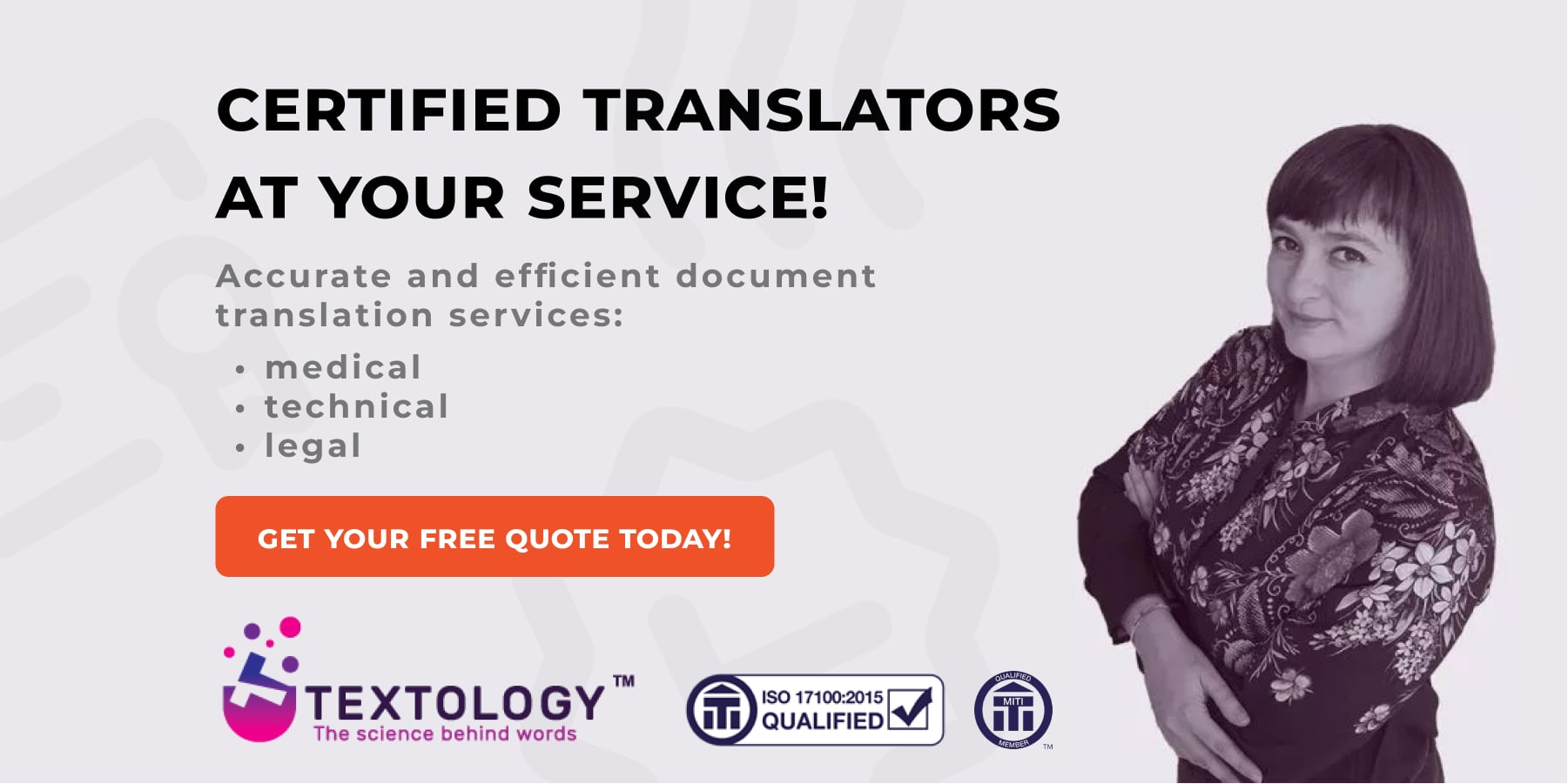
Today’s world requires businesses to keep up. The rule for entrepreneurs is simple: if you want to be successful, make a difference, be reckoned with — you must not lag behind. Taking into account the scale of globalization, it means you have to be ready to enter the international market and prove you are a major player, not inhibited or intimidated by language barriers. These have to be overcome. Thanks to the translation industry, obviously.
Machine Translation Post-Editing (MTPE) — facts worth knowing
Technological development brought about a shift towards making use of machine translation — also referred to as automatic translation — as an alternative to human translation. Before we go on to elaborate on the topic, let’s make sure we understand the concept behind the terms “machine translation” and “post-editing”.
Machine translation — what is it?
Machine translation (MT) is fuelled by artificial intelligence that makes it possible to automatically, and without any involvement of a human being, convert written content from one language into another. Generally, there are three main types of machine translation: rule-based machine translation (in which grammatical and semantic patterns of languages are used), statistical machine translation (in which previously translated content is used to create a useful database), and neural machine translation (in which advanced technologies allow for thorough analyses and accurate predictions about certain elements of language). In light of the above, there is no one-size-fits-all answer to the question of how exactly computer algorithms work and what factors influence the quality of their analysis of a given language.
Despite all the voices pointing to the prevalence of a human translator and advocating specialised translation services, machine translation is now said to be much more accurate and reliable than it once used to be. The progress that has been made in this respect is impressive but still, a human component is indispensable if we are determined to ensure the best possible quality of the translation we get. In the end, machines, no matter how advanced, lack the human brain and for this sole reason are prone to mistakes resulting from complexities of language and ambiguities or errors that may occur in the source text.
What is post-editing?
Due to shortcomings of machine translation, post-editing emerges as the term that urgently calls for attention. What is it, and why is it important?
Post-editing can be compared to reviewing in the sense that the process involves careful examining of both the source text and the text in the target language to make sure the translator has done a good job. Here, it is essential to distinguish two ways in which post-editing can be conducted: light post-editing and full post-editing. Deciding which option is more suitable depends mainly on the client’s specific instructions concerning the quality of the target material (for instance, whether the text is going to be published, and as such needs to reflect the highest possible degree of accuracy and readability).

Light post-editing
In light of post-editing, the primary focus of the reviewer is on checking whether the translation carries the same meaning as the original. If such correspondence is maintained, and no piece of information has been lost in translation, such aspects as grammatical errors, spelling mistakes or inappropriate style can be overlooked as the ones that do not interfere with the meaning.
Full post-editing
In contrast with the previous one, full post-editing is concerned with the overall quality of the translation, which means that the post-editor needs to concentrate on all the facets that might reduce the linguistic value of the text. Such aspects include:
- punctuation marks;
- vocabulary — e.g., specific terminology, proper names;
- formatting — e.g., cross-references, footnotes;
- style and register — e.g., the degree of formality, correspondence with client’s requirements or guidelines;
- fluency — to ensure texts read well as if written by human translators;
- details typical of a given country — e.g., currency, date formats, units of measurement.
What mistakes can a post-editor expect?
As mentioned before, a machine translation output usually needs some polishing if we aim to get an accurate and grammatically and semantically impeccable text. It is vital for post-editors to be aware of the limitations of an average machine translation engine so that they can approach every text with special alertness and caution.
Frequently, automatic translations are strewn with such mistakes as omissions or surpluses of lexical items, mistranslations resulting from certain nuances of language (e.g., idiomatic expressions, colloquialisms, puns, complex structures, contextual ambiguities), inconsistencies of various sorts, wrong word order, wrong gender or number, flawed punctuation, missing articles, words that failed to be translated, repetitions. By understanding what can be expected of a machine, you are more likely to be better prepared for the post-editing effort and, as a result, ensure satisfying results of your translation projects.
How can your business benefit from machine translation post-editing?
We have already pointed out that if you want your business to matter, reaching beyond borders might turn out to be crucial. Engaging in international endeavours equals the necessity of conducting translation projects, both tiny and large-scale ones. Automated translation followed by post-editing opens up a plethora of possibilities — since machine translation engines are extremely effective, relying on them may save you a considerable amount of time and prompt you to take up even more business opportunities. Fast turnaround times are not the only benefit, though. When compared to professional human translation services, using machine translation appears to be less costly as well, even if we count in post-editing. And given that time and money don’t cease to be buzzwords of the business industry… well, the above consideration speaks for itself.
Human post-editing — the answer to concerns
Considering the benefits every company can get from implementing MT (on condition that it is preceded by careful analysis of the available tools and verification of their effectiveness), no wonder that a shift towards automation of the process has long been observable. Of course, despite all that, human involvement is still absolutely necessary to make sure that machine translations are grammatically correct, accurate, and well-suited to the needs of the target audience. Therefore, translators should not be afraid of losing their jobs — they just have to be flexible enough to realize the advantages of acquiring new skills and be willing to transition to the post-editor role. Thanks to embracing this opportunity, they are likely to be much more competitive in the job market of the future.
Speaking of translators, are you in need of a professional and reliable service? If so, don’t hesitate to check our offer and ask for a free quote. We provide multiple services, including legal, medical, and technical translations of various documentation. You may also find it useful to read about how to prepare a document for translation.

